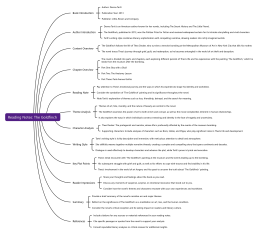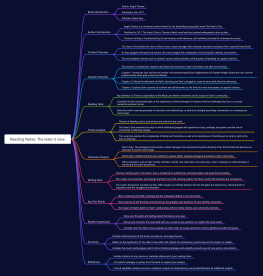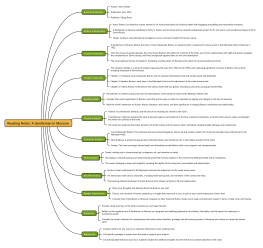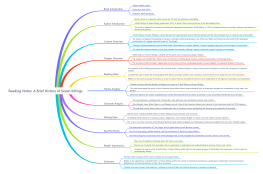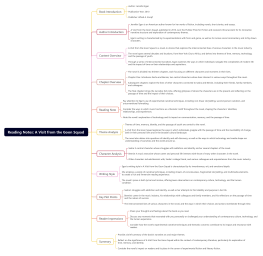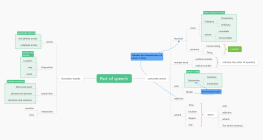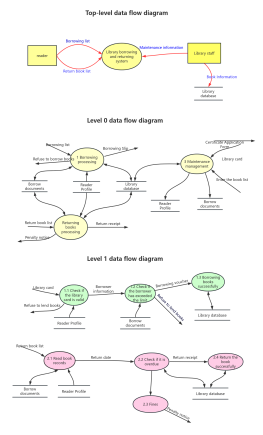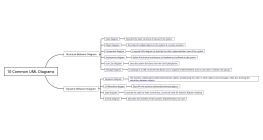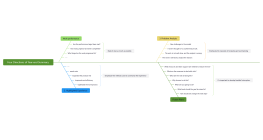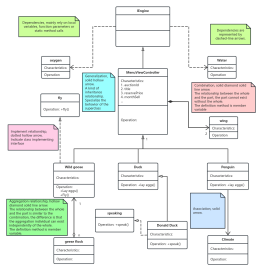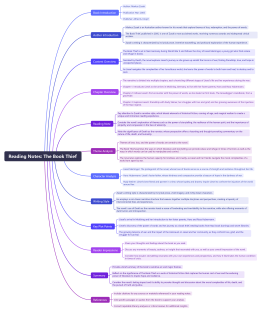The Woman in Cabin 10-Ruth Ware: Book Summary
2024-07-19 14:28:22 0 Report
Login to view full content
Other creations by the author
Outline/Content
Book Introduction
Author: Ruth Ware
Publication Year: 2016
Publisher: Gallery/Scout Press
Author Introduction
Ruth Ware is a British author known for her psychological thrillers and mysteries.
The Woman in Cabin 10, published in 2016, is Ware's second novel and became a New York Times bestseller.
Ware's writing is characterized by its atmospheric settings, complex characters, and twisty plots that keep readers guessing until the very end.
Content Overview
The Woman in Cabin 10 follows travel journalist Lo Blacklock, who is invited on a luxury cruise ship's maiden voyage in the North Sea.
During the voyage, Lo witnesses a woman being thrown overboard from the cabin next to hers—but when she reports the incident, all passengers and crew are accounted for, and no one believes her.
As Lo investigates the mysterious disappearance, she becomes increasingly convinced that something sinister is happening on board the ship.
Chapter Overview
The narrative is divided into chapters, each chronicling a different stage of Lo's investigation and her interactions with other passengers and crew.
Chapter 1: Lo boards the cruise ship and settles into her cabin, excited for the journey ahead.
Chapter 2: Lo witnesses the woman in cabin 10 being thrown overboard and tries to alert the ship's staff.
Chapter 3: Lo's attempts to uncover the truth about the woman's disappearance are thwarted by skepticism and disbelief from those around her.
Reading Note
Pay attention to the novel's atmospheric setting and sense of claustrophobia, which add to the tension and suspense of the story.
Consider the unreliable narrator trope and how it shapes the reader's perception of events and characters.
Note the novel's themes of paranoia, isolation, and the impact of trauma on mental health.
Theme Analysis
Themes of trust, perception, and the unreliability of memory are central to the novel.
The Woman in Cabin 10 explores how our perceptions can be influenced by our own biases and past experiences, leading to misunderstandings and misinterpretations of reality.
The novel also examines the ways in which trust can be eroded by doubt and suspicion, as well as the consequences of isolation and paranoia.
Character Analysis
Lo Blacklock: The protagonist and narrator of the novel, whose traumatic past and obsessive nature drive her investigation into the woman's disappearance.
Anne Bullmer: The mysterious woman in cabin 10, whose disappearance sets the events of the novel in motion.
Jude: Lo's boyfriend, who becomes increasingly concerned about her mental state as she becomes more obsessed with uncovering the truth.
Writing Style
Ware's writing style is evocative, immersive, and rich in detail, capturing the brutality and beauty of the American landscape.
She skillfully builds tension and suspense through carefully crafted pacing and plot twists, keeping readers guessing until the very end.
The novel's first-person narration allows readers to experience the story through Lo's eyes, adding to the sense of paranoia and uncertainty.
Key Plot Points
The formation of the University of Washington rowing team and their early struggles to establish themselves as competitive athletes.
The team's rigorous training regimen and their gradual improvement and success in local and regional regattas.
The climax of the book at the 1936 Berlin Olympics, where the team competes against the best rowers in the world and achieves victory against all odds.
Reader Impressions
Share your thoughts and feelings about the book as you read.
Discuss any moments of suspense, surprise, or intrigue that resonated with you.
Consider how the novel's themes and characters reflect broader cultural anxieties and societal concerns.
Summary
Provide a brief summary of the book's narrative arc and major themes.
Reflect on the significance of The Woman in Cabin 10 as a psychological thriller that explores the nature of perception and trust.
Consider the novel's impact on readers and its role in the contemporary landscape of suspense fiction.
References
Include citations for any sources or materials referenced in your reading notes.
Cite specific passages or quotes from the book to support your analysis.
Consult reputable reviews or critiques of the book for additional insights.

0 Comments
Next page
Recommended for you
More
